In-depth Guide to Termite Larvae: Tips & Tricks You Need to Know
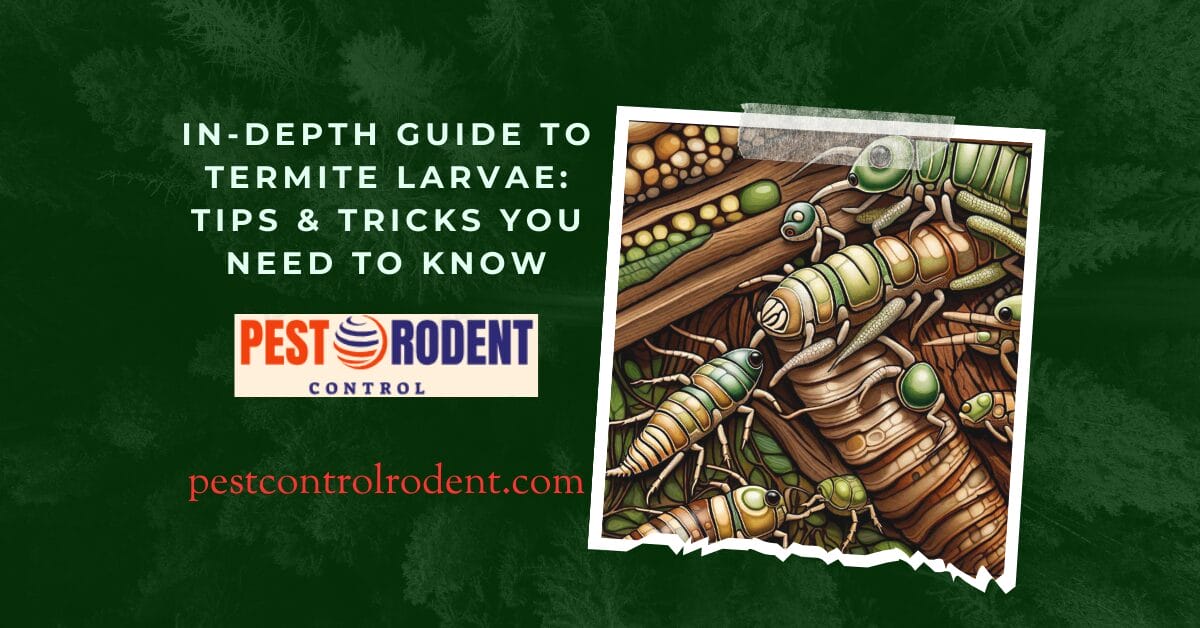
In-depth Guide to Termite Larvae: Tips & Tricks You Need to Know
I. Understanding Termite Larvae
- What are Termite Larvae?
- Life Cycle of Termite Larvae
- Differences Between Larvae of Different Termite Species
Termites are small insects that feed on wood. They live in colonies and are known for causing extensive damage to homes and buildings. Termite larvae are the youngest members of a termite colony and play a crucial role in the termite life cycle.
What are Termite Larvae?
Termite larvae are the newly hatched termites that emerge from eggs laid by termite queens. They are small, soft-bodied, and white or cream-colored. These larvae are responsible for consuming wood and other cellulose-based materials to help feed the entire termite colony.
Life Cycle of Termite Larvae
Termite larvae go through several molting stages before reaching adulthood. Each stage of the life cycle serves a specific purpose in the colony, with workers, soldiers, and reproductives all originating from termite larvae.
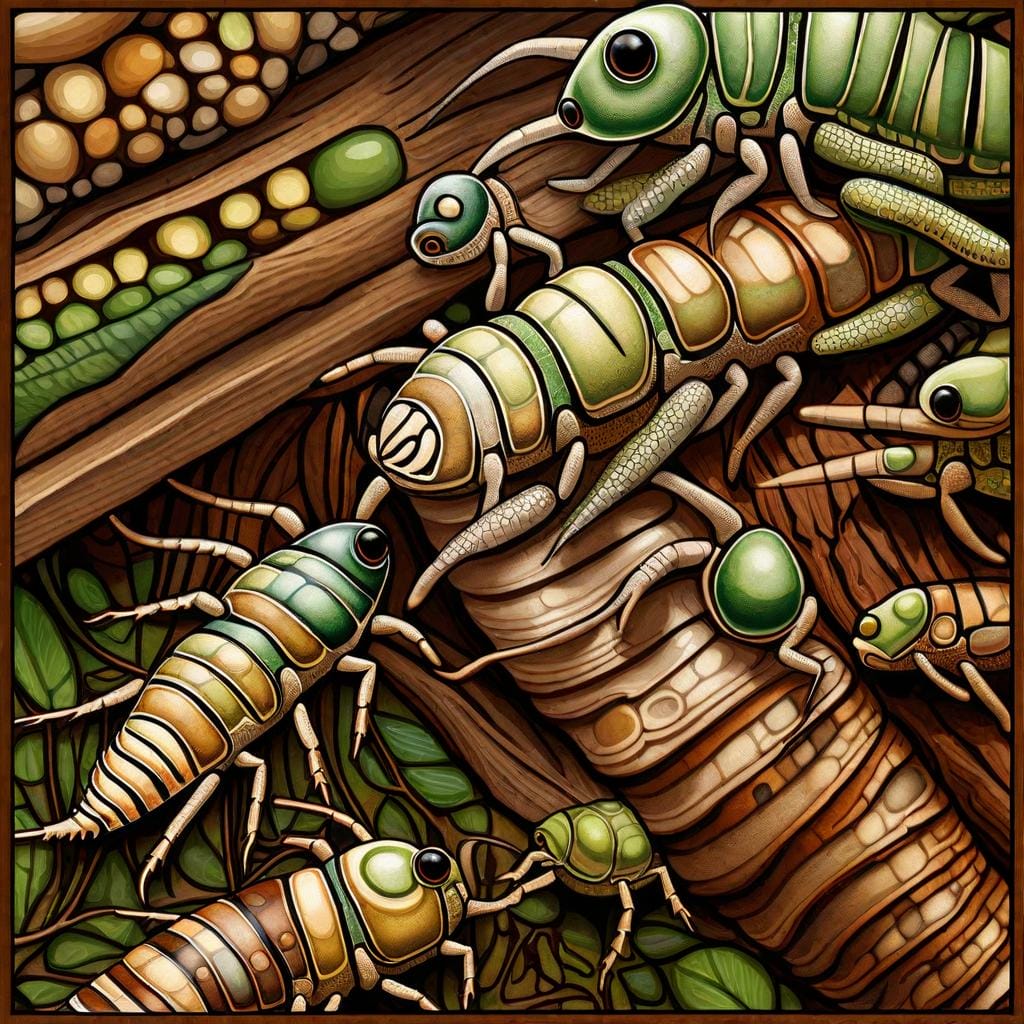
Differences Between Larvae of Different Termite Species
Different species of termites have varying characteristics, including the appearance and behavior of their larvae. Understanding these differences can help identify the type of termites infesting a home and determine the most effective control methods.
II. Identification and Prevention
- Signs of Termite Infestation
- Effective Ways to Detect Termite Larvae
- Preventive Measures to Protect Your Home
Signs of Termite Infestation
Common signs of a termite infestation include mud tubes along walls, hollow-sounding wood, discarded termite wings, and piles of termite droppings. Regular inspections can help catch termite larvae infestations early.
Effective Ways to Detect Termite Larvae
To detect termite larvae, look for small white or cream-colored insects in or around wood structures. In some cases, tapping on infested wood may cause termite larvae to emerge. Consult a professional if you suspect a termite infestation.
Preventive Measures to Protect Your Home
To prevent termite infestations, eliminate wood-to-soil contact, keep wood structures dry, and seal cracks in the foundation. Regularly inspecting your home for signs of termites can help identify and address issues promptly.
III. Treatment and Elimination
- Natural Remedies for Termite Larvae
- Chemical Solutions for Termite Infestation
- Hiring Professionals: When to Call in the Experts
Natural Remedies for Termite Larvae
Natural remedies for termite larvae include using orange oil, neem oil, or boric acid. These substances are eco-friendly and can help control small termite infestations. However, consult with a professional before attempting DIY treatments.
Chemical Solutions for Termite Infestation
Chemical treatments like liquid termiticides or termite baits are commonly used to eliminate termite infestations. These solutions are effective in killing termites and preventing future infestations when applied correctly.
Hiring Professionals: When to Call in the Experts
If a termite infestation is widespread or persistent, it is best to hire a professional pest control service. Termite experts have the knowledge, experience, and tools to effectively treat and eliminate termite larvae infestations.
IV. Damage Control
- Understanding the Impact of Termite Larvae Infestation
- Repairing Termite Damage
- Long-term Strategies to Prevent Future Infestations
Understanding the Impact of Termite Larvae Infestation
Termite larvae can cause significant damage to wooden structures, compromising the integrity of homes and buildings. Understanding the extent of the infestation is essential in determining the best course of action for treatment.
Repairing Termite Damage
Repairing termite damage may involve replacing damaged wood, reinforcing structural supports, and addressing moisture issues that attract termites. Consult with a professional contractor to ensure proper repairs are made.
Long-term Strategies to Prevent Future Infestations
Implementing long-term strategies such as regular inspections, maintaining proper ventilation, and treating wood with termite-resistant products can help prevent future termite infestations. Proactive measures are key to protecting your home from termite damage.
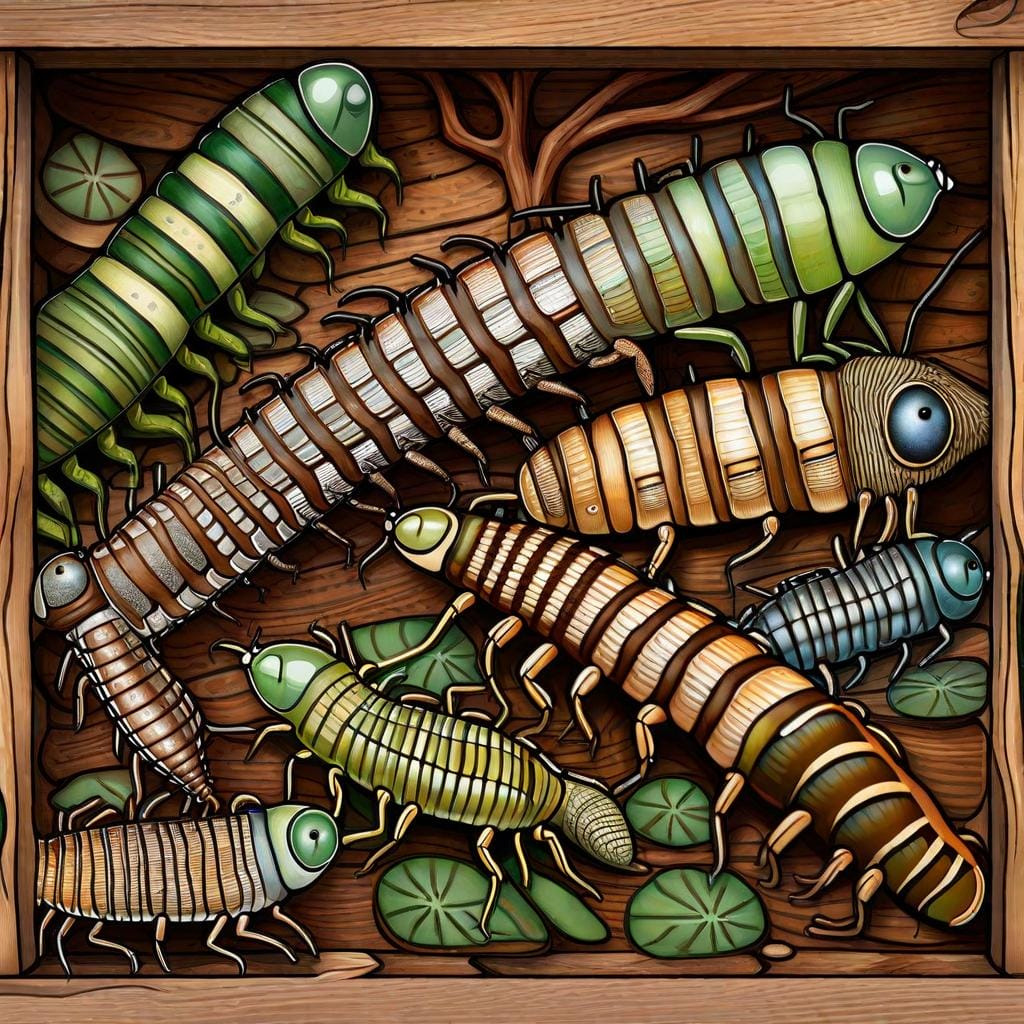
V. Myths and Facts
- Common Misconceptions About Termite Larvae
- Debunking Myths Surrounding Termite Control
- Facts You Need to Know to Keep Your Home Safe
Common Misconceptions About Termite Larvae
Myths about termite larvae include beliefs that termites only infest old homes, or that DIY treatments are always effective. Educating yourself on the facts about termite larvae can help dispel these misconceptions.
Debunking Myths Surrounding Termite Control
Myths about termite control may include the idea that home remedies are always sufficient for treating infestations. Working with professionals and following best practices in termite prevention and treatment is crucial for effective control.
Facts You Need to Know to Keep Your Home Safe
Knowing the habits and behaviors of termites can help homeowners protect their homes from infestations. Understanding the signs of termite activity, implementing preventive measures, and seeking professional assistance when needed are key to keeping your home safe.
Conclusion
In conclusion, understanding the life cycle of termite larvae, identifying signs of infestation, and implementing preventive measures are essential in protecting your home from termite damage. By combining natural remedies, chemical solutions, and professional expertise, you can effectively treat and eliminate termite infestations. Remember to stay informed, proactive, and vigilant in termite prevention to safeguard your home for years to come.
FAQs:
- How do I know if I have a termite infestation?
- Are there any natural ways to get rid of termite larvae?
- What should I do if I suspect termite larvae in my home?

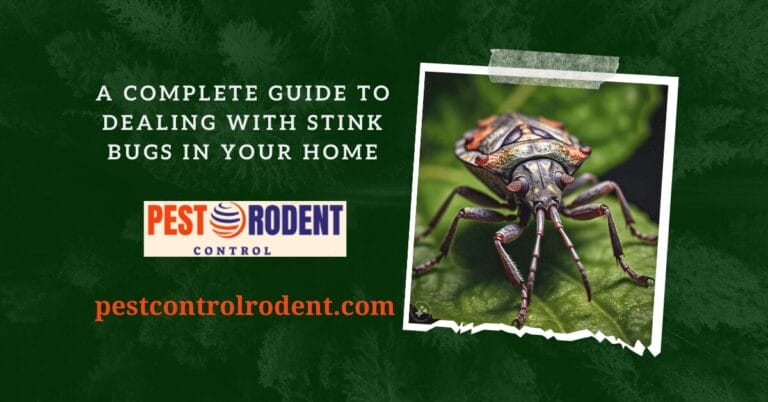
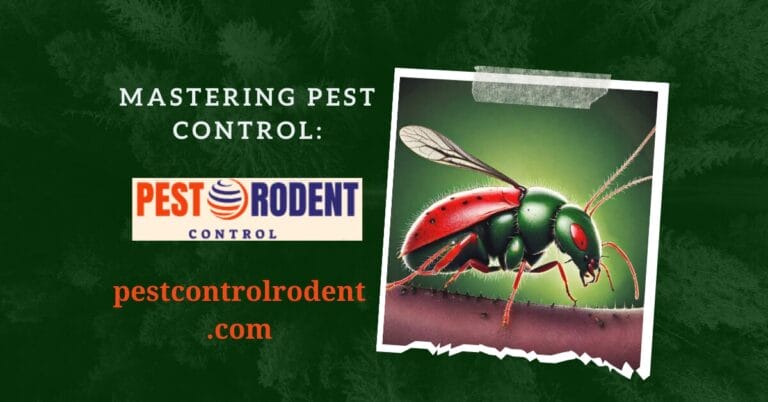
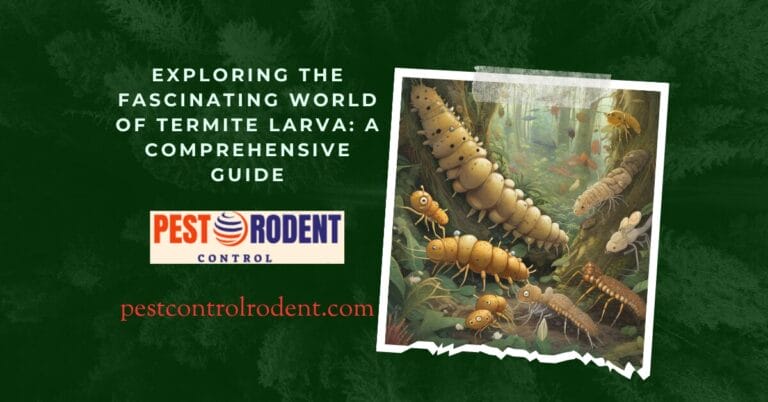
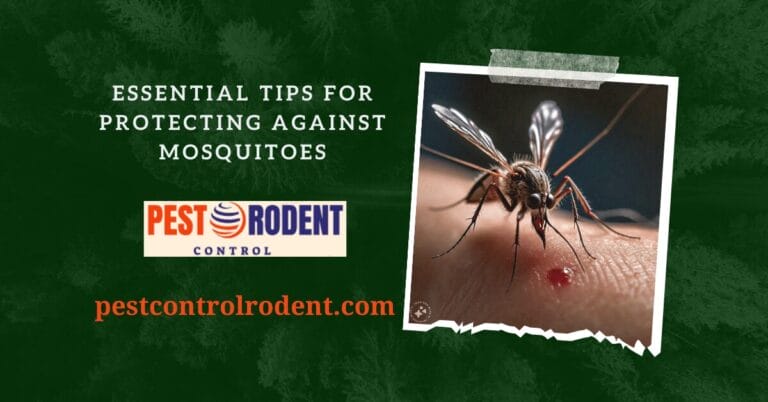
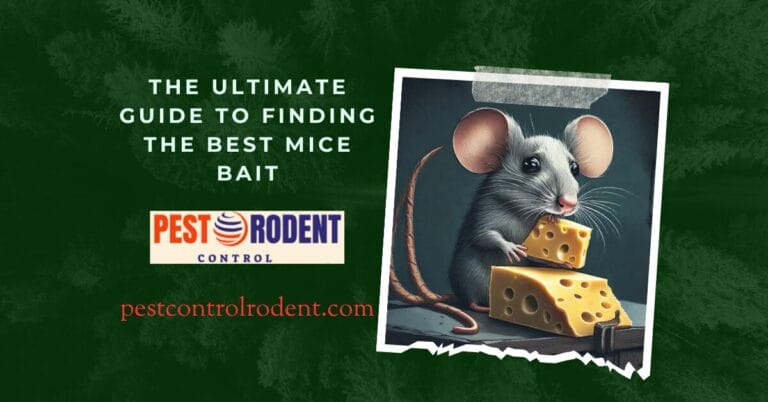
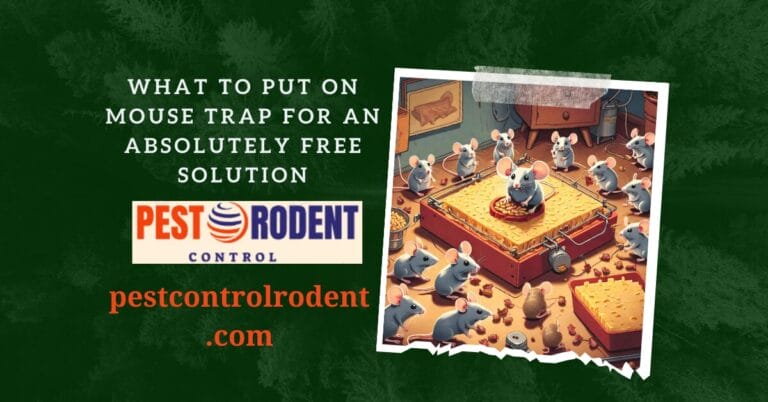
2 Comments